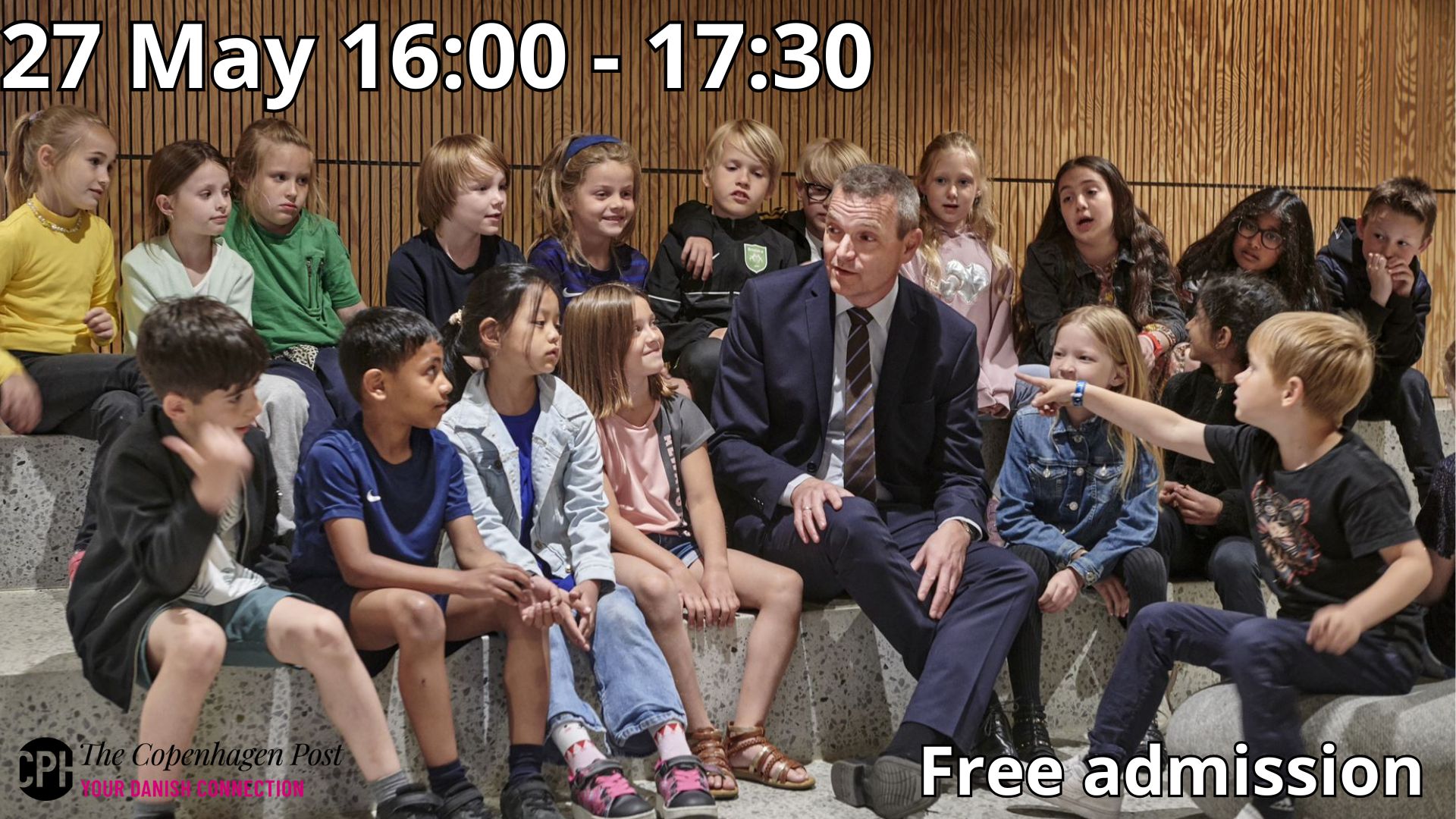Until last month’s terrorist attack in Copenhagen, many municipalities had no plan in place to try and prevent young people in their area from taking the same route as Omar El-Hussein. However, a survey by Jyllands-Posten now shows that many are beginning to develop anti-radicalisation plans for their region.
“We are seeing small signs that we need to be doing something,” Karen Marie Nielsen, the head of a local integration group in Hedensted Municipality, told Jyllands-Posten. “Residents have expressed concern about the socialisation of some families, and the attacks in Copenhagen are bringing things into sharp focus.”
No plans in many places
Some 69 municipalities participated in the survey, and 39 said they have not taken any anti-radicalisation steps. Over one quarter of those said they have no employees trained in anti-radicalisation techniques
Vejle Municipality is expanding its efforts against radicalisation, especially for parents who are worried that their children might travel to Syria.
One of the Danes killed fighting in Syria had attended school in Vejle. The Muslimsk Ungdomscenter, a radical Muslim youth group, has a department inside the municipality.
“We are launching some general initiatives that focus on civil society and the network surrounding young people,” Ulla Varneskov, a co-ordinator at the municipality, told Jyllands-Posten.
“We have contacted the city of Aarhus – which has an internationally-recognised anti-radicalisation plan – for inspiration with efforts in targeting parents. We also want to have closer co-operation with ethnic communities.”
READ MORE: Funds to prevent radicalisation of Danes
Other municipalities – including Brøndby, Hillerød, Næstved, Syddjurs and Vallensbæk – are also developing anti-radicalisation initiatives.











